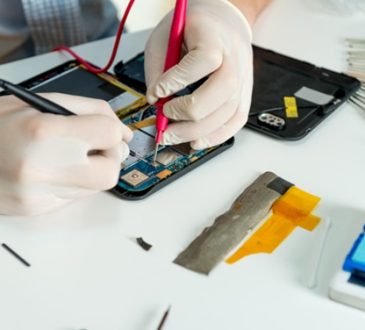
Ribbon mixers are used in many ways throughout the manufacturing industry. For example, you’ll find these powerful mixers in the agriculture, cosmetic, food, and pharmaceutical industries, among several others. This mixer is versatile and cost-effective, making it a popular choice.
How Does the Ribbon Mixer Work?
An industrial-strength ribbon mixer has a powerful engine that turns thin metal “ribbons” inside a large trough of material. The engine agitates the ribbons of metal to blend or mix the materials. Much of the time, the mix has a double helix design with a central bar that supports the ribbons along the length of the trough. The metal ribbons are positioned carefully, so they are angled and balanced to achieve continuous, consistent blending.
What Are the Most Common Ribbon Blender Processes?
There are several processes that involve the use of these mixers. Here are a few examples:
- One of the most common processes is batch mixing dry ingredients, such as baking mixes, protein supplements, and chemical additives. Within 10 to 15 minutes, the ribbon blender can complete most dry ingredient mix cycles.
- Sometimes, the blender is used to coat solid particles with a smaller ingredient, such as coating polyethylene beads with a lubricant in fine powder form or adding a liquid ingredient to a solid, such as adding flavored oil to coffee beans.
- The mixer is also useful for combining solids with a variety of shapes and sizes. In the food industry, the blender may be used to mix together the ingredients of a trail mix. Agricultural manufacturers may use the blender to create specialized seed combinations. The importance of using the ribbon blender in this application is making sure that the delicate components of the mixture aren’t damaged.
- Ribbon blenders are also used with liquids, such as cake batter, pasta sauces, and specialty adhesives. The blenders may be used to mix solid pieces of dog food into a gravy without damaging the chunks of food. Slurries and pastes are often mixed in these blenders.
Is There Anything the Mixer Can’t Do?
As with any machine, there are guidelines for appropriate use. For example, the blender must be bolted to a level surface, and it’s important to choose the right size blender with the capacity to handle your loads. The mixer won’t work as efficiently if it has been underfilled. It’s best to use a Variable Frequency Drive that provides a slow start when there’s a full load in the mixer. Check with your ribbon mixer technician for other best practices.
When you need to mix large batches of product efficiently, the ribbon blender is one of your best options. Carefully consider the benefits of investing in one of these machines to improve your production rate.




